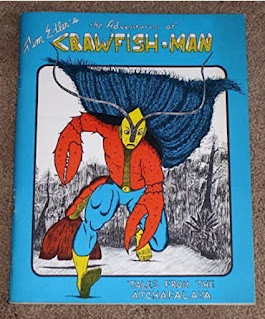Though its precise nomenclature might be unknown, jazz holds a significant place in the history of music with a tradition deep in instrumentation and improvisation. It continues to entertain and inspire music lovers across the globe yet, much like the blues, is a quintessentially American art.
Developed after the Civil War in New Orleans, what we term 'jazz' was derived from blues and ragtime. Most contemporary disciplines of the music are divided between the 'modern' and traditional French Quarter style 'Dixieland.'
Much like rock and roll thirty years later, jazz was chiefly popularized by African American artists and broke through to much larger white audiences in the 1920's, being thereafter performed and appreciated by both demographics.
Like a good gumbo, jazz's exceptional qualities can be attributed to the diverse ethnicity employed in its creation. The Mississippi region in Louisiana brought together people from France, Italy, Africa, the Caribbean and other parts of the world who variously added special components to the developing style.
Jazz gave musicians room to solo within the framework of the music which in turn made legends of players like Miles Davis, Charlie Parker, Louis Armstrong, Al Hirt, Art Blakey, Dave Brubeck, Duke Ellington, John Coltrane, Thelonious Monk, Charles Mingus and others. Even players initially less prominent within the traditional performances such as singers and guitarists become recognized headliners and bandleaders.
Jazz eventually figured into the music of many rock artists, particularly as the style progressed towards increased soloing and jamming. Likewise, jazz saw a 'fusion' movement as it adopted characteristics of rock and funk and those instruments previously unheard in jazz.
Since music has historically been in a perpetual state of flux, the future direction of jazz, like rock, may be anyone's guess. Keeping an eye on the trends within all styles of music and culture seems to be the best way to forecast the future of jazz. In any case, it's the way we experience, feel and interpret those sounds and notes as they gradually evolve that makes the sonic journey what it truly is.









